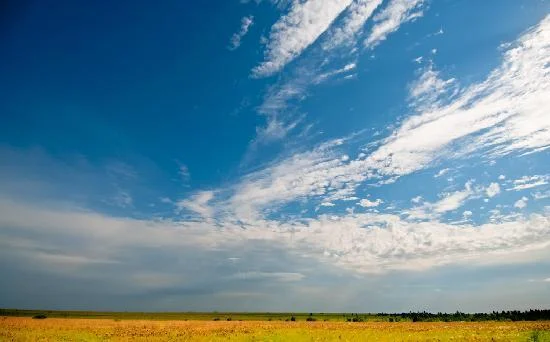https://www.amazon.com/Pedagogical-Sketchbook-Paul-Klee/dp/0571086187
So the seminar looks on four levels, first we look at the neurobiology of creativity, and that's kind of the physical layer. So how do our bodies, what is creativity in relation to our bodies? What do we know about our minds that makes us creative? And we look at V.S. Ramachandran who does a lot of work with Synesthesia and he also has a lot of ideas about universal principles of art in our visual system, peak experiences and how we process color, et cetera. So we look at all that and we can say a lot about it but we can't really say why we feel the need to make something, yet.
Then we look at on a psychological level, so after the physical level, we look kind of in the mental state, like our present state, our experience state and we mostly look at Joseph Campbell. Who talks about myth and the kind of stories we make up and that's a big part of it because one part of my daily practice is to do the improvisational drawing but the second part of it which has developed in the last couple of years is to write a story about it or tell a story about it. So by going on one hand and improvising symbols and then telling a story about it, well we could tell any story, ... you find yourself in anything. ... We look at C.G. Jung as well, because is there,... really is a subconscious or a collective unconscious out there. So where's that drawing coming from? And where's that creativity coming from? Is it coming from your own history and the things that you've experienced and the peak experiences that you've had or is it coming from, are you like an antenna, who's receiving these kind of things?... then the third aspect of it is the spiritual aspect. ...is this boundary, as I said, does it come from outside of you or inside of you? We get a taste of that with Carl Jung and then we look at like a zen ox drawings which give you kind of a map of creative practice. So that's kind of somewhere in between us. And also we look at the heroes journey, a map of the heroes journey, we go out into the world, we encounter things, we pass through initiation, we go to far realm and find something new, we bring it back and we share it.
So that's on a big journey but it's also every time you sit down to draw you kind of have to go through this initiation of like, this is silly, I don't know what I'm gonna draw, what should I draw? The page is blank, I don't know what I'll do. And then you go through and you make the marks, you initiate the drawing, you fight for what it's gonna be, to make it look good and then it looks terrible, it looks okay, this is not good, this is good. You go through this battle, you finally get it to a point you bring it back so we talk about that. And then finally, so that's sort of in between you and the world and then we get to what I call the computational which is also now kind of grown into the other, but then you have the kind of creative source.
So it's not one creative author in the thing but it keeps growing and changing. So those are all the modules of The Source of Creativity from how creativity's sourced inside you to how creativity's sourced from completely outside you.
crystal cave
Then you have the symbolic level, so are you choosing memes, like when Andy Warhol chooses Marilyn Monroe, or a soup can, he's choosing a very strong mimetic device. So to what degree are the symbols you're choosing lined up with the mimetic devices. Then on the very large scale what sort of archetypal images are you creating? Is your art about a struggle between good and evil? You know, is it about a personal journey, a personal conquest? So we can look at it, understanding what we know about the sources of creativity we can look at any individual work on that, give it that kind of analysis. So I ask people to try to get all those in sync. The degree that you can get the materials that choose in sync with the story that you have to tell, in sync with the memes that you're working with.
1) Create an artwork which contains your own "history" or "take" on "what is human" (i.e., how definitions of human, nonhuman, animal, and thing/hyperobject, have changed) in any medium of your choice. You will post either video, video documentation, or a piece of writing on the last day of class.
https://www.hg.org/legal-articles/who-or-what-can-legally-be-considered-a-person-31730
http://enrichmentjournal.ag.org/201002/201002_134_define_person.cfm
http://mentalfloss.com/article/50787/29-answers-question-what-human-being
https://us.whales.org/issues/who-not-what-personhood-and-moral-versus-legal-dolphin-rights





